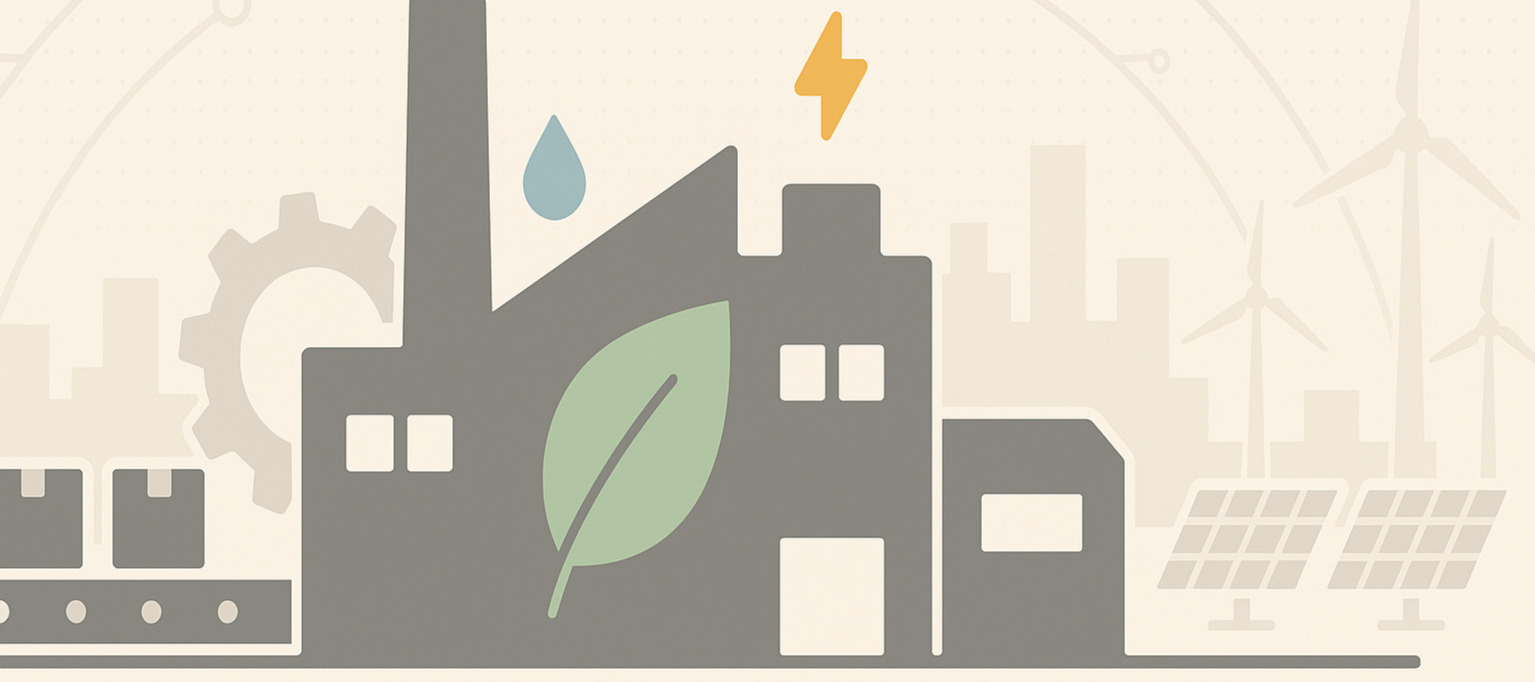NEWS

Have you ever wondered what goes into the products you use every day? The materials, the choices, the thinking behind them? In modern manufacturing, innovation and sustainability are now part of the same conversation.
During a recent Industry 4.0 Club webinar on sustainable materials manufacturing, materials scientist and author Julia Freer, Ph.D., owner and consultant at Material Value Consulting, emphasized a key shift in mindset.
The materials we choose, the processes we use, and the products we design must all contribute to long-term environmental and economic resilience.
The webinar, hosted by Grace Donovan and Carol Mitchell-Lin, highlights that the future of manufacturing depends on how intelligently we innovate with materials.
We’ve all heard the familiar sustainability mantra, reduce, reuse, recycle, but Goldstein challenges manufacturers to add another R at the beginning: refuse.
This shift from passive mitigation to active prevention can reshape manufacturing decisions from the ground up. It is about asking the harder questions early: Do we really need this material? Can we design this product to last longer, or to be easily repaired or recycled?
One of the most striking insights from the discussion was the idea that water, energy, and even waste should be treated as materials within the manufacturing ecosystem.
Water, for instance, is often viewed merely as a utility, but it is a finite and increasingly strained resource. Especially in regions facing scarcity, manufacturers must take responsibility not just for consumption but for stewardship. Recycling and reusing process water, improving filtration systems, and monitoring discharge quality are all steps toward sustainable water management.
In the same way, energy efficiency and waste reduction are not peripheral goals, they are part of the materials strategy itself.
The webinar highlighted that sustainability can drive, not hinder, innovation. Materials innovation sits at the core of Industry 4.0 because it reshapes what is possible in design, performance, and circularity.
For example, lightweight materials reduce shipping and energy costs, while new composites and bio-based alternatives can minimize waste and carbon impact. Additive manufacturing also plays a role by reducing scrap and enabling parts to be built with less raw material.
However, sustainability only holds up when the entire product lifecycle is considered, from sourcing to repair to end-of-life recovery.
Digital transformation technologies such as AI, IoT, and digital twins provide unprecedented visibility into how materials flow through the supply chain.
Predictive analytics can identify inefficiencies before they escalate into waste. Digital twins allow engineers to simulate performance and durability, which can reduce the need for physical prototypes.
Together, these technologies enable data-driven decisions that optimize both production and sustainability outcomes. The more we understand our materials through data, the more effectively we can innovate and conserve.
No innovation effort succeeds without people. Culture plays a defining role in how sustainability takes root within manufacturing organizations.
When suppliers, designers, and manufacturers share sustainability data and goals, the entire system moves faster toward measurable impact.
As manufacturing enters its next phase, materials innovation and sustainability will define competitiveness. Companies that treat sustainability as a constraint will lag behind. Those that see it as a design and innovation challenge will lead.
Sustainable manufacturing is not about compromise; it is about smarter choices, smarter materials, and smarter systems.
By aligning technology, people, and purpose, Industry 4.0 companies can create value that lasts beyond the factory floor. The future of materials is sustainable, and the future of sustainability is innovation.
Ready to learn more? Watch the full video.
NEWS